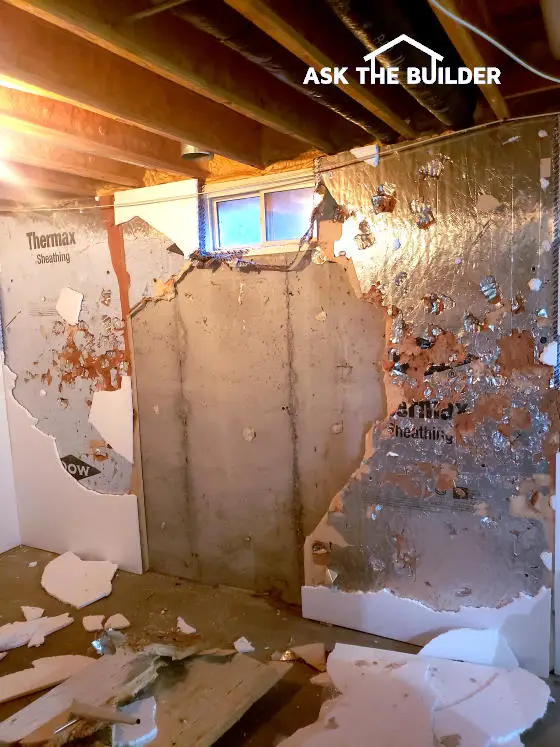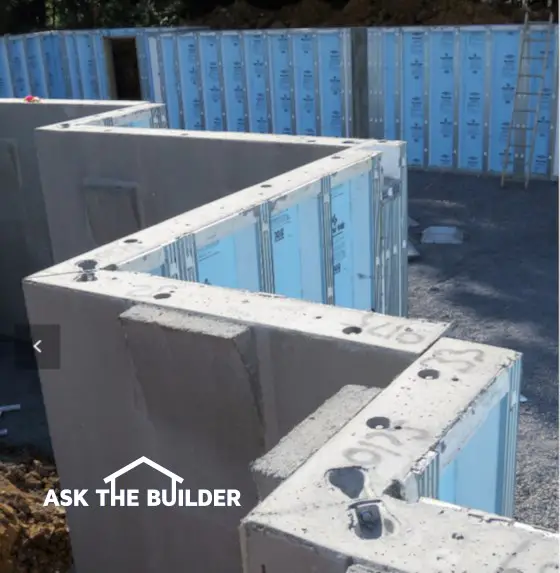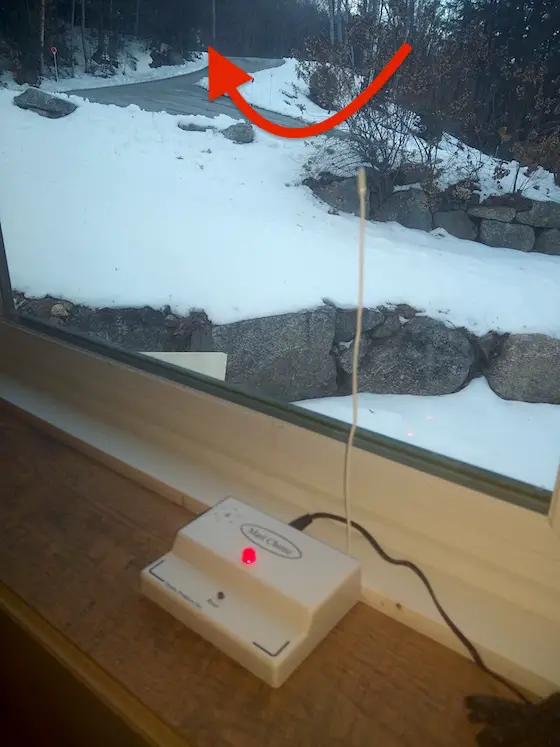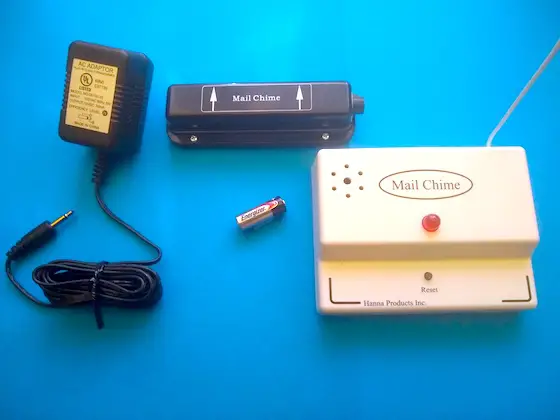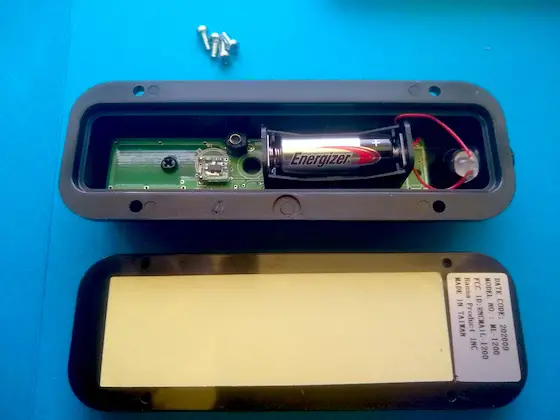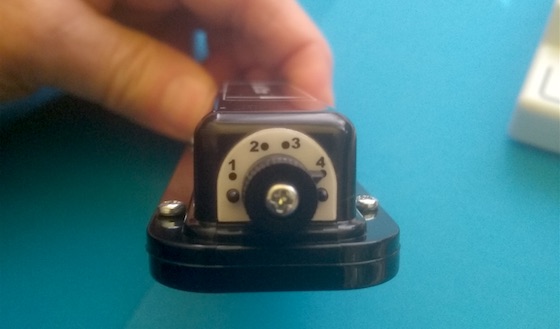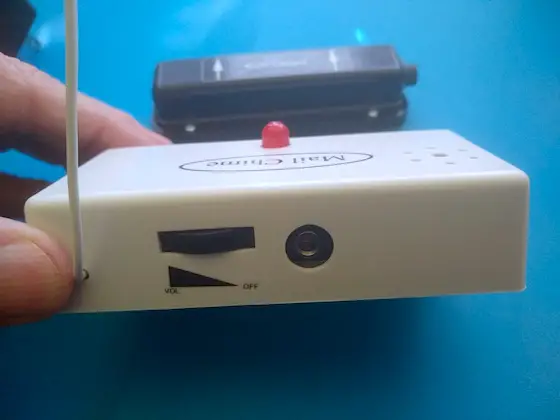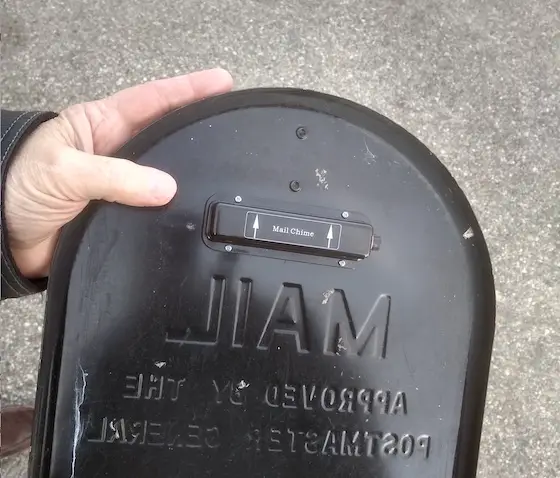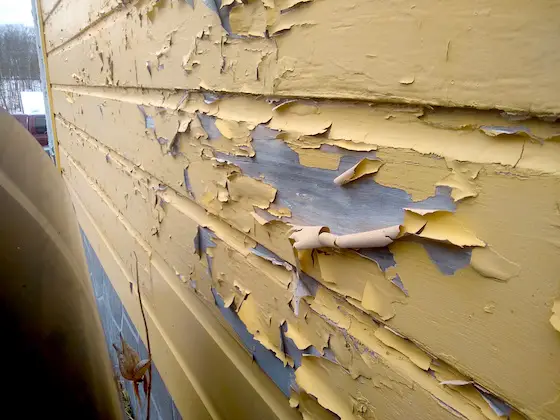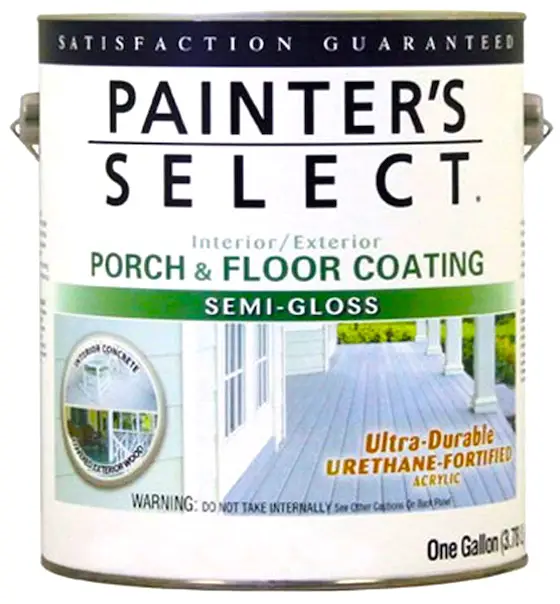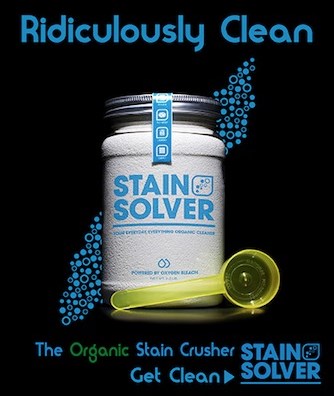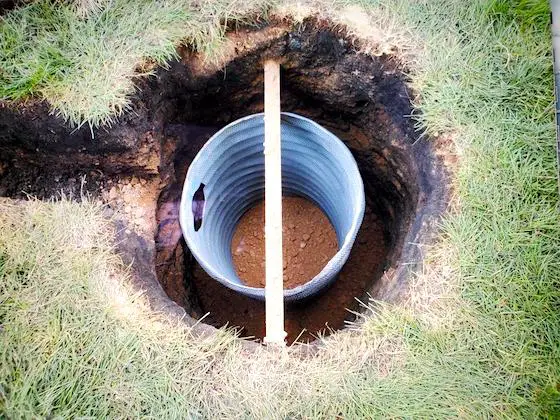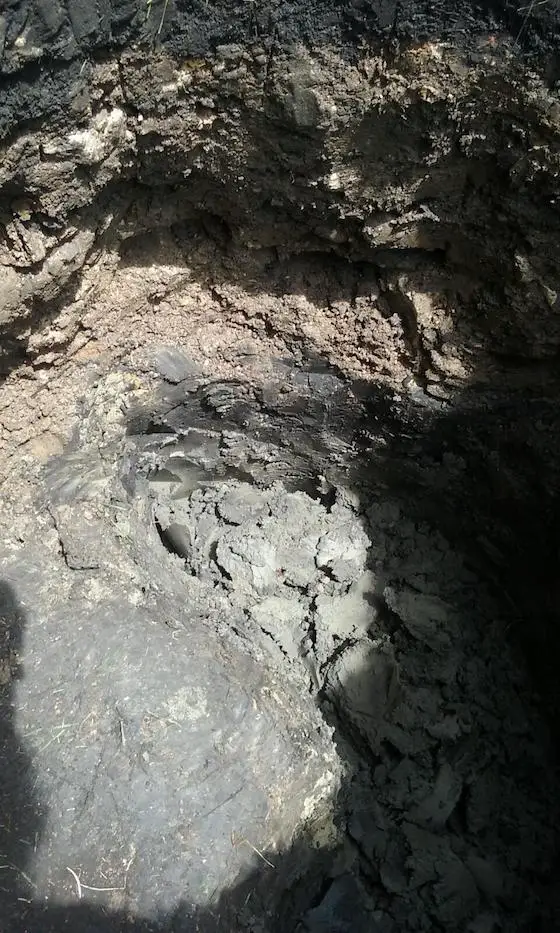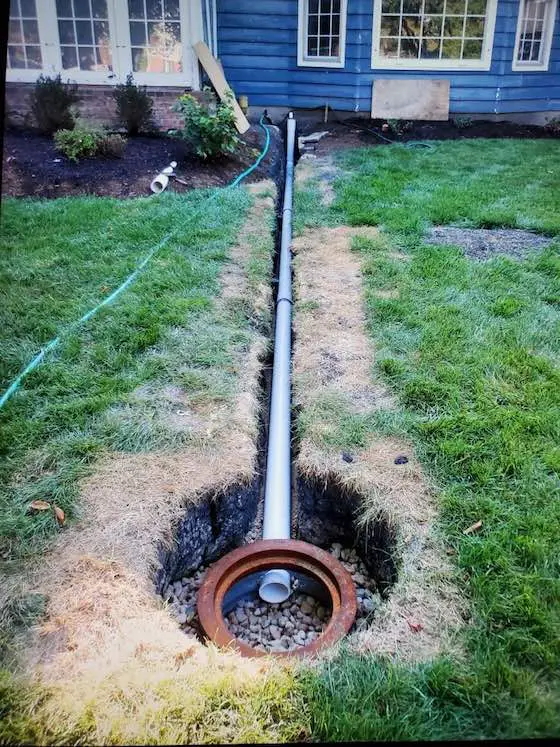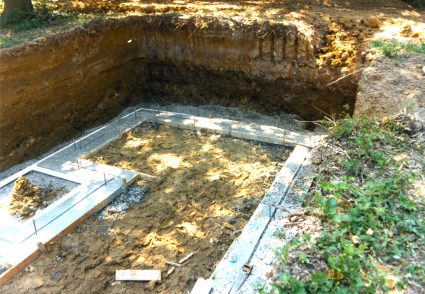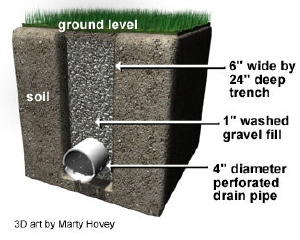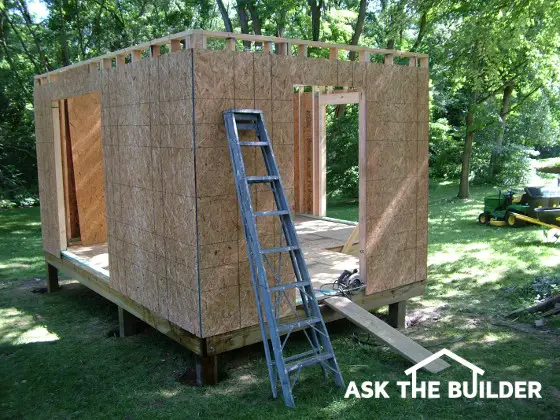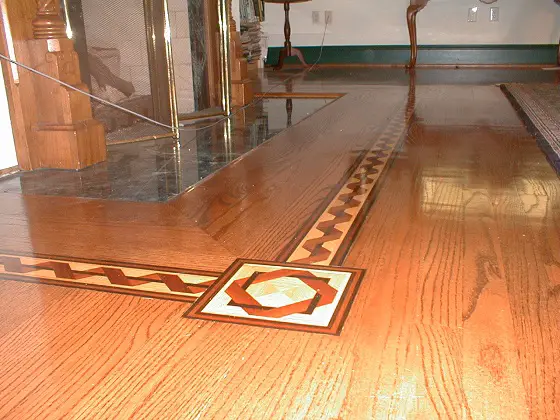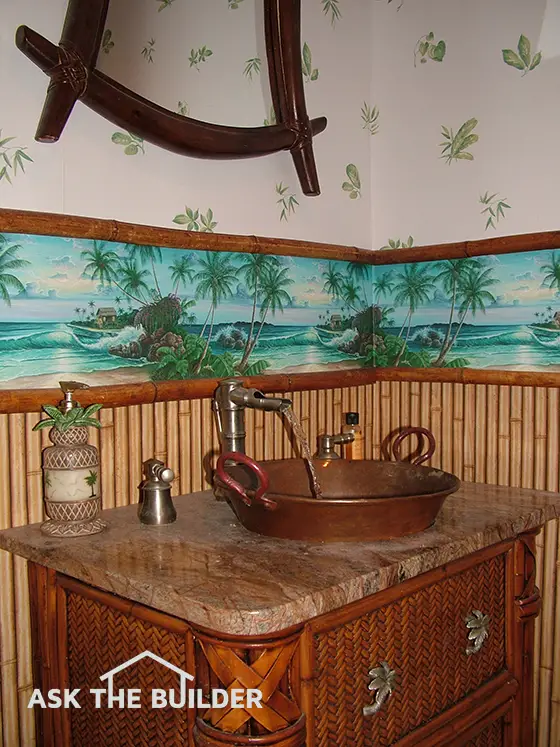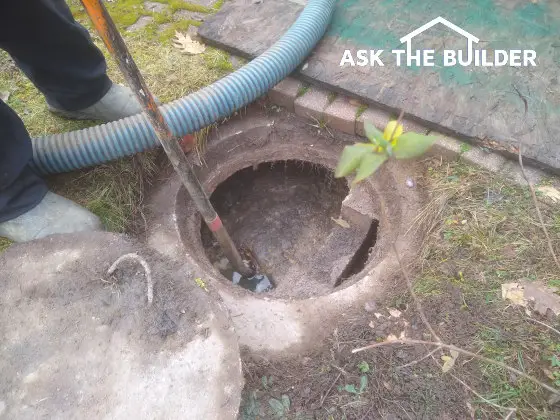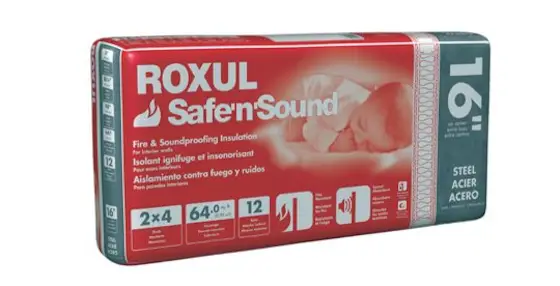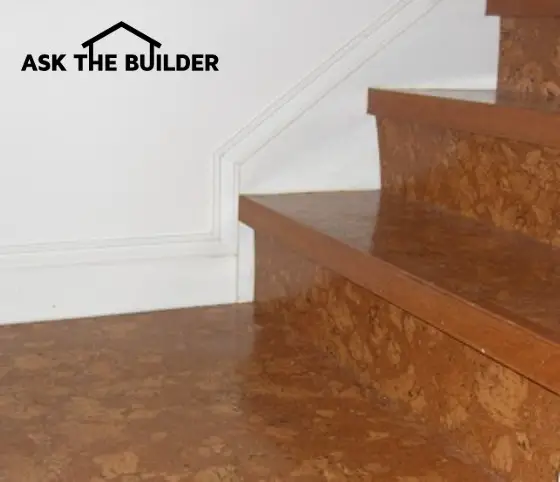Roof Replacement Costs 2021 (Installation, Replacement, Pricing)
A study by the National Association of Realtors Research Group recently found that U.S. homeowners spend approximately $300 billion a year on home repairs and home renovations. That same study found that replacing a roof — whether it’s because the roof was leaking, very old, or simply aesthetically unappealing — was one of the very few home renovation projects that actually improved a home’s real estate value. But roof replacement costs can skyrocket without proper planning and education.
If you’re looking for accurate cost information related to roof replacement, you’re in the right spot. In this homeowner’s guide to roof replacement costs, you will learn:
- The average cost to replace a roof
- The nine most popular roofing materials and their average costs
- The average cost to replace different architectural styles (e.g. flat roof versus butterfly roof)
- The roof replacement process
- When to replace your roof versus when to repair your roof
- Additional roof replacement costs and fees to budget for
- How to save money on the total cost
What Is The Average Cost To Replace A Roof?
Your roof can make up as much as a third or more of a home's exterior square footage, so it should be no surprise that replacing a roof can cost a sizable sum. According to the National Association of Realtors, replacing a roof costs an average of $7,500.
Specific factors, such as the materials you choose to use and the cost of labor in your specific state or city, can dramatically affect your roof replacement budget.
For example, real estate market data compiled by the Farnsworth Group found that replacing a 3,000-square-foot rectangular hip roof with standing seam metal roofing cost an estimated $10,000 less in states like Iowa and Kansas compared to California and other West Coast states.
Even the time of year matters, warns the University of Alabama: Start your roofing project in the early summer when construction projects are at their peak and labor shortages are at their highest, and you can expect your renovation costs to increase accordingly.
To help you better budget your roof replacement project, let’s discuss some of those individual factors, starting with the specific roofing materials you can choose from.
What Is The Average Cost Of Materials For Roof Replacement?
Each type of roofing material has its own distinct pros and cons.
Three-Tab Asphalt Shingles
- Cost: $1.00 to $1.50 per square foot
- Pros: New shingles are very budget-friendly and easier to install if you want to do it yourself
- Cons: Tab shingles may have a shorter lifespan depending on your climate
Metal
- Cost: $3 to $18 per square foot roof
- Pros: A metal roof has exceptional durability
- Cons: Some homeowners find it very loud when it’s raining, hailing, etc.
Tile
- Cost: $8 to $18 per square foot
- Pros: Very attractive, durable, and fire-resistant
- Cons: A tile roof can be very heavy and it may require extra structural reinforcement
Slate
- Cost: $3.50 to $6 per square foot
- Pros: A slate roof is attractive, and it can last hundreds of years with the right maintenance
- Cons: Very heavy and it may require extra structural reinforcement
Wood Or Cedar Shake
- Cost: $4.80 per square foot
- Pros: Environmentally friendly and has a rustic charm to it
- Cons: Requires a lot of maintenance to prevent leaks, cracks, etc.
Rubber
- Cost: $7.50 to $9 per square foot
- Pros: Easy to install and very durable
- Cons: Some homeowners may not like the aesthetics of rubber roofing
Solar
- Cost: $22 per square foot
- Pros: High-end technology that looks like regular roofing, but generates solar power for your home
- Cons: Very expensive
Copper
- Cost: $11 to $15 per square foot
- Pros: Signature, classy appearance that's very durable if well-maintained
- Cons: Expensive, and requires specialized skills to install
Stone-Coated Steel
- Cost: $4 to $5.59 per square foot
- Pros: Low-maintenance, durable, and aesthetically versatile
- Cons: May be noisy during bad weather
The above estimates are quotes by the sq. ft. However, when you solicit a quote from a roofer, the average roof estimate will typically feature the term "roofing square." This is a 100-sq. ft measurement.
What Is The Average Cost For Each Type Of Roof Replacement?
The roofing materials you choose (e.g. asphalt shingle roof versus architectural shingles) are one of two major costs in your roof replacement project.
The second major factor in the cost of a new roof is the actual roof structure itself. Different roof styles have different construction costs when installing them. Below, you’ll find a quick summary of the six most common roof types, and the average replacement costs for a standard 1,500-square-foot home.
Flat Roof
A flat roof (which isn't actually flat, but usually has a slight pitch for drainage) is common in classic architecture and tropical climates. Installing a flat roof can range in price from $6,000 to $15,000, plus the cost of the roofing materials.
A-Frame Roof
The A-frame roof began to grow in popularity in the mid-1900s, and is especially popular on the West Coast. Because of their simple structure, replacing an A-frame is gentler on the budget and rings in between $5,000 and $8,000.
Gable Roof
The gable roof is your quintessential roof style and has numerous spinoffs inspired by this classic look. You can expect to pay $12,000 to $18,000 to replace your existing roof with a gable roof, plus the cost of roofing materials.
Hipped Roof
The hip roof is very durable in windy climates because the high slope helps funnel wind away from the home's structure. Because of the more complex structure, hip roofs are pricier than other styles and tend to average around $20,000 or more.
Butterfly Roof
The butterfly roof is commonly seen in more modern homes. Average prices are $9,000 to $15,000.
Mansard Roof
This roof style is inspired by French architecture. The multi-pitch slopes and your typical built-in dormers and windows drive up the price, and you can expect to pay anywhere from $20,000 to $50,000 for this roof style.
The Roof Installation Process: How Do You Install A New Roof?
Once you’ve signed off on the budget and terms for your roof replacement project, your contractor will start the work of removing your existing roof and installing a new roof.
First, the old roofing material is removed and either disposed of or recycled. An estimated 11 million pounds of asphalt shingles end up in landfills every year. Once the old roofing is gone, your contractor can inspect the underlying bare wood sheathing.
This sheathing gets evaluated and inspected, with your roofer looking for soft spots, moisture, and other signs of structural problems. Repairs are done if necessary because the underlying sheathing provides the support necessary for a healthy, long-lasting roof.
If everything passes inspection, an ice-barrier membrane and a synthetic underlayment get installed. This keeps moisture at bay and is an integral part of your roofing system (which refers to flashing, accessories, vapor barriers, etc.).
Finally, the new roofing material is installed.
Check out the video below for installing asphalt shingle roofing:
Roof Repair vs. Roof Replacement: When Should You Replace Your Roof Or Repair It?
All roofs will need to be replaced at some point, but exactly when a re-roof is needed will vary. If you do a roof replacement too soon, you might be wasting your time and money. But if you put it off for too long, you may cause secondary damage, like water damage in your ceilings and mold growth in your walls.
It all comes down to the structural integrity of your roof. At a certain point, a roof’s health and structural integrity become so compromised that it’s no longer safe.
When trying to determine your course of action, ask yourself a few key questions:
- What’s the age of the roof? Many roofs start needing to be replaced around the 20-year mark.
- What are your personal plans for living in the house? If the roof is in mostly good shape and you plan to sell in a few years, small repairs may make more sense than a complete roof replacement.
- What are the specific problems? If it's just a broken or torn shingle here or there, a repair is quicker and cheaper. But if you have widespread problems with leaks and moisture, a replacement may be needed.
Keep in mind that it’s not always an all-or-nothing, zero-sum game either. In some cases, a partial roof replacement may make more sense than a total roof replacement. It all comes down to inspecting the entire roof and determining the extent of the damage.
What Are The Labor Costs Of Roof Repair and Replacing A Roof?
Besides the cost of materials, you’re also paying for your roofer's expertise and labor (e.g. removing old roofing material, disposing of the material, cutting and sizing new material, etc.). The labor costs for replacing a roof can vary depending on:
- Your roof style: A simple flat roof is much easier to work with than a complex hipped roof or butterfly roof, so labor costs will ebb and flow accordingly.
- Your roof material: Some materials, like a metal roof, need to be custom sized and cut by your contractor. Others, such as clay tile, may require the roofer to install extra support to hold up the clay tiles' weight.
- The time of year: Labor costs rise during cold, winter months and during the busy summer months.
You can expect approximately 50% to 60% of your roofing budget to go towards labor and overhead costs, with labor itself usually costing an average of $1.50 to $3 per square foot.
Roof Installation Budget: What Are Additional Costs If You Need To Replace Your Roof?
Once your contractor starts the work, it’s not unusual for you to sign off on additional costs that arise as the roofing team tears off the existing material and begins the installation process.
During the project, your roofer may discover additional problems or factors that may add additional expenses to your roof replacement, such as:
- Leaking chimney flashing
- Leaking skylight flashing
- Fascia and soffit damage
- Gutter damage
- Difficulty removing the old roofing due to poor installation from the previous homeowner
When your contractor is creating a quote, be sure to ask about the average costs of these potential problems. A reputable roofing company always includes these in their estimates, and it varies from region to region.
For instance, flashing replacement can cost as little as $200 per skylight, or as much as $500 per skylight. Gutter replacement costs can also vary widely depending on the extent of the damage, the height of your home (e.g. two-story versus single-story), the roof size, etc.
How To Save Money On Roof Replacement Costs?
Below you can find some additional tips on how to reduce your roof replacement costs and save money on your roofing budget.
1. Hire a Professional Roofer
While you may be tempted to do it yourself, a roof replacement is a very sizable project. Cutting corners on the planning and construction phase can cause costly problems down the road that more than negate the “savings” you might have experienced going it alone.
When you hire a professional, you can catch problems (e.g. damaged timbers) before they cause bigger issues. You ensure protective elements, like ice proofing, is properly installed. And you can rest assured that the roofing materials used are appropriate for your local climate, your home’s design, your local building codes, and the slope of your roof.
2. Get Multiple Quotes and Plan Ahead
A last-minute roof replacement, requested at the peak of construction season (late spring to early summer), will always cost more. Plan ahead so you aren’t paying premium pricing simply due to the time of year. Doing a roof replacement during the off-season can save you hundreds of dollars.
Additionally, don’t be shy about soliciting multiple quotes from different roofing contractors. Compare those quotes with online reviews. The lowest bid isn’t always the “cheapest” in the long run, because they may not use quality roof materials or stick with their promised schedule.
3. Consider an Overlay
An overlay is when new roofing materials are installed over your current ones. This can dramatically cut back on labor costs since the old roof doesn’t need to be stripped off and disposed of.
However, this approach isn’t always appropriate. Your contractor can give you guidance based on your roofing material, the manufacturer’s warranty on materials, etc.
4. Make It a Partial DIY Project
If you have the knowledge and skills, doing some of the work yourself can save on labor hours. For example, you could remove your old roofing material yourself before your contractor arrives on the job site.
5. Consult Your Homeowners Insurance
Some damage that requires re-roofing may be due to situations covered by your homeowners insurance policy, such as wind damage to old shingles. Contact them to see what's covered in your specific policy. This can help save you a lot on home improvement installation costs.
